
Search Wild Foods Home Garden & Nature's Restaurant Websites:
There are native & naturalized plants, trees and shrubs all around you that can be used to cultivate high quality food at home.
Plants that meet the requirements of most any environment and need you have.
I will show you how to do it.
(If you are interested in finding and using wild foods, but not growing them, try my other site: Nature's Restaurant Online.)
Reasons for Growing Wild Plants at Home:
- Wild plants are often quite hardy
- Many do well in poor soils
- Native or naturalized to your area and climate
- Excellent choices for edible landscapes
- Having wild foods without foraging
- Having wild foods grown in soil you know is unpolluted
- Trees and shrubs you plant for decoration & shade also provide food
- New and interesting tastes

Eastern North America
The foods in this site can be found in the wild Eastern North America. Many are native, many are naturalized from other parts of the world, but all are foods that are gathered as wild edibles.

Plant Information
On each page you will find the information needed to get you started: The Soil & Site requirements. How to plant, maintain, harvest and use the plants. A description of each plant is included, the climate zone it will grow in, the soil pH range it needs, the natural habitat it would be found in, and maps that show where it can be found growing in the wild. With some there are pictures or diagrams. I tell you the best way to get that plant growing where you want it. With some, it is best to start by seed. With some it is best to transplant. With some it is best to take cuttings. And with some, it is best to buy one at a nursery.

Web Resources
Each page includes Web Resources links for pictures, seeds, recipes and more. The Latin names for the plants are linked to Wikipedia pages for those that want to learn more about each plant. In the description table for each plant, terms that are not common are linked to information and picture pages as well. With the links for the pictures, I created the links to open "Images" in the Google and Bing search engines. This means, that you always have the latest images that are available on the web.
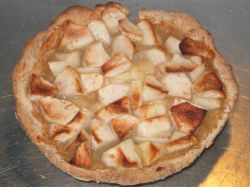
Food Plants
All of the plants included in this site are for food or flavoring of food. This is not a site for medicinal plants or how to use them. If a plant does have known medicinal properties, I will mention it if I think it is important to know before using.
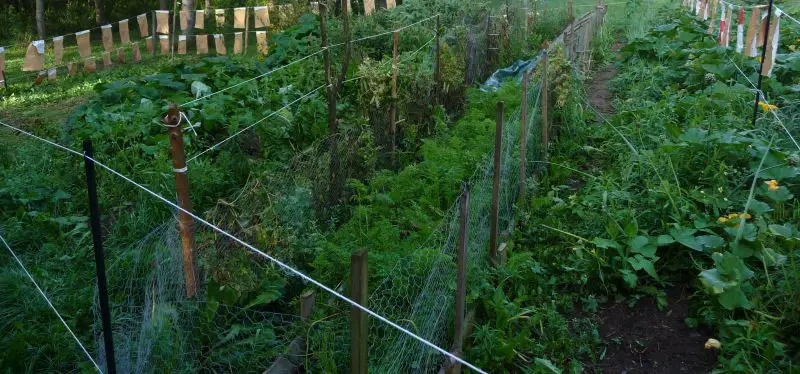
My Overall Gardening Methods & Influences
I have three main influences in gardening. One is trial and error based experience. The other two are Dick Raymond, author of The Joy of Gardening and Masanobu Fukuoka, the proponent of Natural farming. Both of these people have had a profound influence on how I grow any plant. In particular, Masanobu Fukuoka made me think about growing plants as part of a bigger picture. Click on the links for Natural farming and Masanobu Fukuoka above for the Wikipeda entries to learn more.
Dick Raymond used a rototiller for almost everything. He also was the person who made it clear to me why to use wide rows or blocks of plants when following more conventional gardening or farming methods.
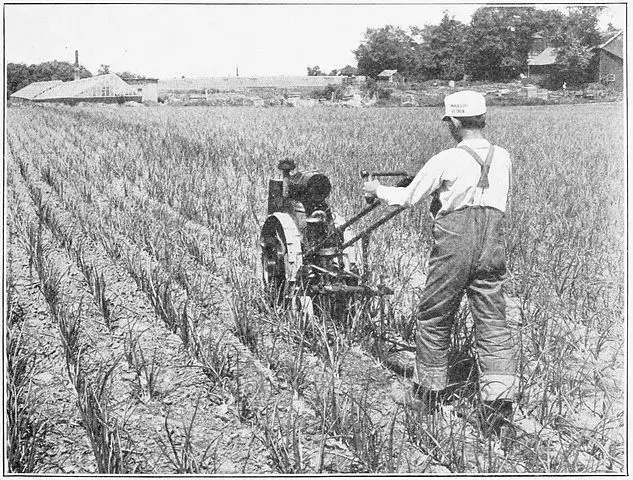
Masanobu Fukuoka's natural farming uses a no-till farming method. There are many terms used that describe Masonobu Fukuoka's philosophy on Natural farming: Ecoagriculture or Eco friendly agriculture, Ecological farming, Sustainable agriculture, Agroforestry or Agro-sylviculture and Permaculture.
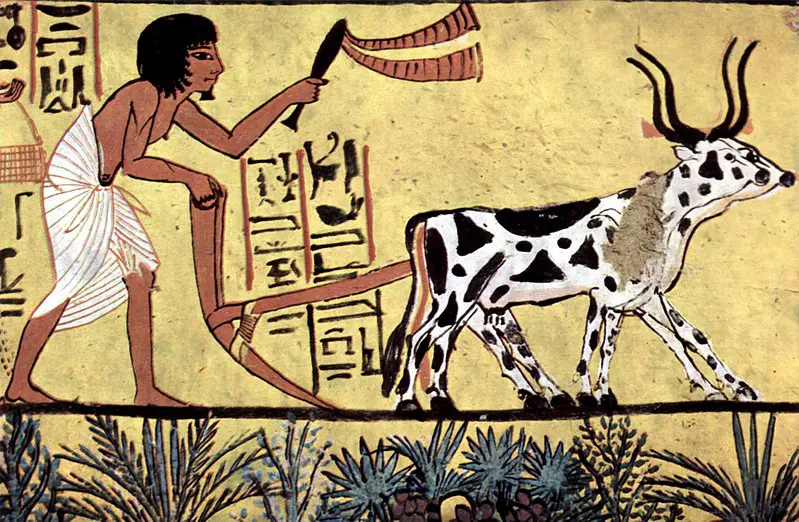
The bottom line that I've come to is this: some plants do better with one method, others do better with another. In most cases, I am a firm believer in mixing plant gardens, shrubs and trees together - Agroforestry. I also find that no-till gardening is best in most, but not all cases with wild food plants. Often, you need to work the soil at first, then once a plant is established, no more tilling is required.
When you go to a page for each plant, I tell you what I have found works best for that plant. Of course, with trees and shrubs, after planting, there is no need to disturb the soil again, so I don't mention this issue on trees & shrubs pages.
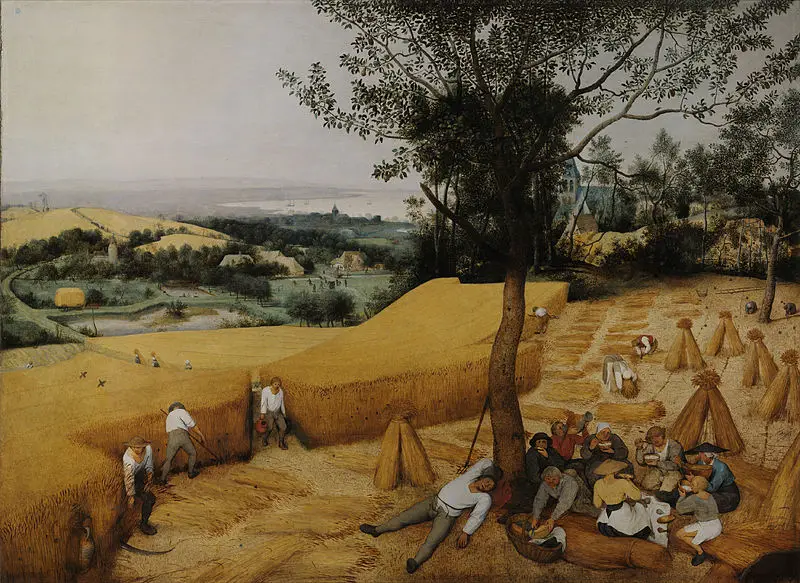
Organic Gardening Methods
All of the methods I use are organic. I am a firm believer in crop rotation or putting plants together that help one another - companion planting. Often companion planting is done for purposes of pest control, but mixing nitrogen fixing plants with nitrogen consuming plants does work. I always try to avoid the use of chemical fertilizers. However, I realize that some people who live in urban environments who may not have a car might not find it convenient to get on the bus with bags of composted manure. For that reason, if the plant in question does need fertilizer, I will recommend the right type that you can buy at a local hardware store. When possible, I recommend the use of "natural" fertilizers. An example of that would be rock phosphate for putting around Walnut trees to get them to grow faster and produce sooner.
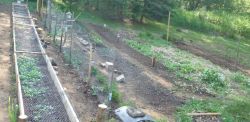
Full Sun Plants
The site is organized into four sections. There are the Full Sun Plants, Shade Plants, Trees & Shrubs and Mushrooms. On the dropdown bar on the top of the page, the full sun plants are divided into A-L and M-Z. These are plants to grow where there is either full sun or very little shading during the day. Each plant's specific needs are given.
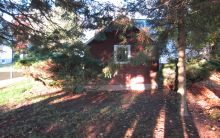
Shade Plants
Many of us have places where we would like to grow edible plants, but the area is shaded most or all of the day. The plants listed in the dropdown for Shaded Plants are for those places.
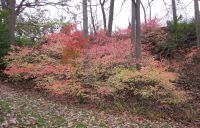
Trees & Shrubs
Whether you are planting trees or shrubs for landscaping and would like to have some food produced as a side benefit, or are creating an edible landscape, the trees & shrubs in this list are a great place to start. There is a tree or shrub for most any environment, soil type and need. Some start to produce food quickly, some take many years.
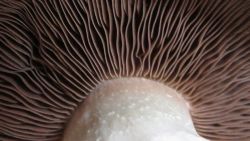
Mushroom Growing Pages
The mushroom pages are not for the advanced mushroom grower. There are some great books on the subject if you want to get into that. You will need a fair bit of equipment, and a clean work room that can be sterilized, and equipment to control humidity and temperature. I've done that, and it can be fun, but the pages on mushrooms here are for those who just want to grow some edible mushrooms at home without all the specialized equipment and clean room and don't know where to start.
Basically, the concept is simple: you buy kits from suppliers, and grow according to instructions. Done right, you should get good results every time. I've only included mushroom types that are straight forward to grow and have kits available. I love Morel mushrooms, but it takes a rare Mycological genius to get them to fruit (produce mushrooms). On the other hand, anyone who buys a bag of inoculated oak sawdust and follows the instructions can grow Shiitake mushrooms.
For each one I've included a search link that will bring up the latest results for kits. You should research any company further before buying. Try to buy as locally as possible. Follow the instructions to the letter.

Important Information:
Below, and on every page, are the four bars that contain important information. You must read these before starting to look for, grow or eat any wild food. Warnings or cautions specific to a particular plant are given in the text or description of that plant. Again, I mention this site is not about medicinal plants. Any plant that has specific medicinal properties that should be known about is mentioned on that plant's page. For example, Wintergreen berries have a natural form of Aspirin (ASA) in them, and people who should not take Aspirin, are told to avoid eating berries from that plant. Remember: people can be allergic to anything. If you haven't tried a food before, only have the smallest amount at first to see how you react.
Search Wild Foods Home Garden & Nature's Restaurant Websites:
The Plants, Trees & Mushrooms:
Plants For Full Sun
- Amaranth
- Asparagus
- Black Mustard
- Blackberry
- Black Raspberry
- Blueberries
- Bristly Foxtail
- Burdock
- Chicory
- Chufa
- Cranberry
- Dandelion
- Deadnettle
- Dewberry
- Grape, River Bank
- Groundnut (Hopniss)
- Henbit
- Huckleberry
- Jerusalem Artichoke or Sunchoke
- Lamb's Quarters
- Lamium Genus
- Milkweed
- Millet (Wild)
- Mints
- Mustard
- Nasturtium
- Plantain
- Purple Deadnettle
- Purslane
- Red Raspberry
- Rubus Genus
- Sheep's Sorrel
- Shepherd's Purse
- Strawberries (Wild & Woodland)
- Stinging Nettle
- White Mustard
- White Nettle
- Wild Onion/Wild Garlic
Trees and Shrubs
Plants For Shade
Share:
Why does this site have ads?
Originally the content in this site was a book that was sold through Amazon worldwide. However, I wanted the information to available to everyone free of charge, so I made this website. The ads on the site help cover the cost of maintaining the site and keeping it available.
Google + profile
